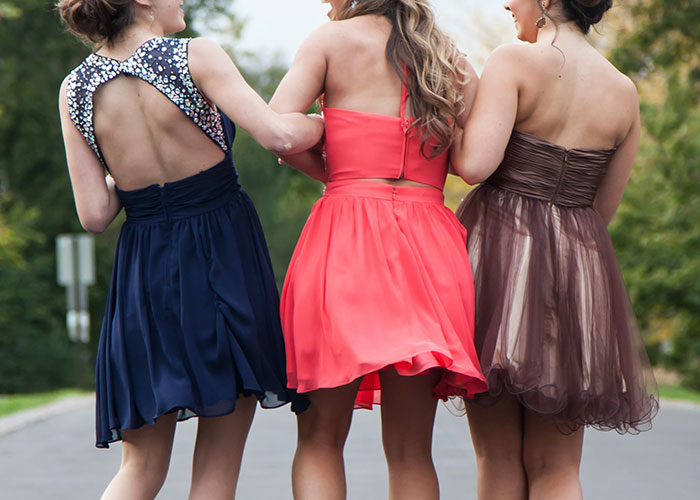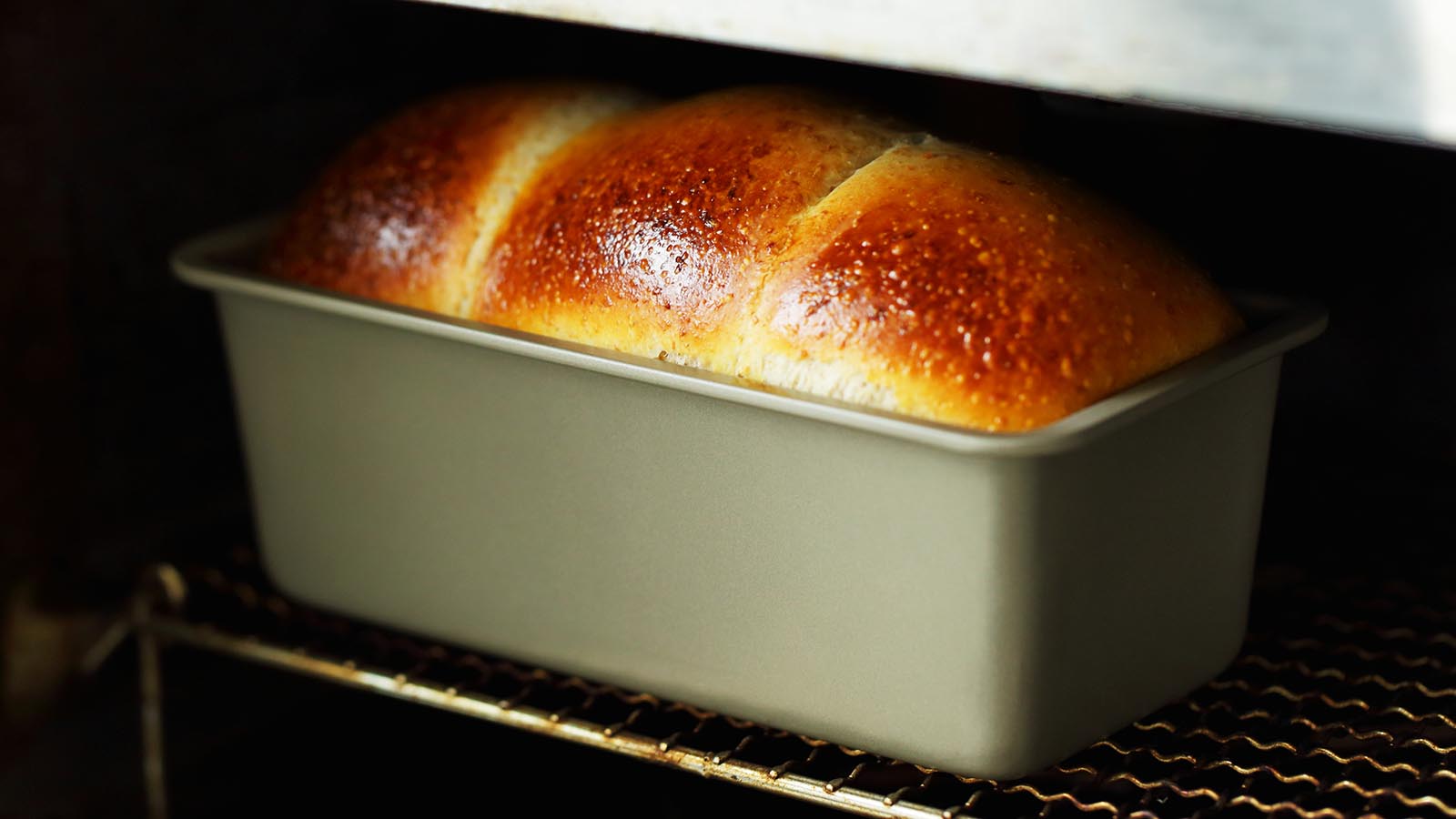I decided on a whim to wear the same outfit every day for a week. It wasn’t some radical social experiment or a minimalist manifesto—I didn’t announce it on social media or declare it to anyone—but there was something quietly seductive about the idea of removing one layer of decision-making from my life. Mondays often feel like a storm of choices: which shirt, which pants, what shoes, what mood to project. I wanted to strip that all away, if only for a few days, and see what happened.
The outfit itself was unremarkable, at least to anyone passing by: dark jeans that had softened just enough to feel like a second skin, a simple white T-shirt that clung in the right places without screaming attention, and a faded denim jacket that smelled faintly of last summer. I had chosen it for comfort, for familiarity, and for the subtle reassurance it gave me when I pulled it on each morning. There was a quiet ritual in sliding my arms into the sleeves, buttoning the jacket, and feeling grounded in the day ahead.
The first day felt almost absurd. People glanced at me, though no one commented, and I caught my reflection in a shop window more than once, a small jolt of recognition each time. I realized that wearing the same thing didn’t erase individuality—it amplified it. My gestures, my expressions, the way I carried myself seemed sharper somehow because the visual noise of different outfits had vanished. It was as if the clothes became a canvas, allowing my personality to color the space around me.
By day two, the experiment started to shift from novelty to reflection. I noticed how the outfit reacted to my environment: the jeans stiffened slightly in the morning chill, the jacket softened against the warmth of mid-morning sun, and the T-shirt soaked in the faint scent of coffee and street air. I became aware of texture, of fabric against skin, in a way I hadn’t before. Wearing the same outfit forced me to pay attention to the small interactions of the material world, the subtle details I usually overlooked when I was distracted by new clothing, new trends, new patterns vying for attention.
The middle of the week was unexpectedly liberating. I realized how much mental energy I normally expend deciding what to wear. Every day, I woke up and dressed without hesitation, and suddenly, mornings felt spacious. That extra mental space allowed me to notice other things: the way light spilled across my apartment floor, the bird that had begun nesting in the eaves outside my window, the unusual rhythm of the city street when it rained. A small freedom unfolded, one I hadn’t anticipated, and I started to see that clothing is not just about appearance—it’s a lens through which we experience the world.
I also started noticing reactions from others. Some people commented, often with playful surprise, asking if I had “done laundry” or “just found my favorite outfit.” There was curiosity, even a kind of delight, in seeing someone commit to simplicity. I realized that consistency in dress invites a different kind of observation. People begin to notice patterns, to observe you in a rhythm, rather than being distracted by daily costume changes. It created a small, unspoken narrative between me and the world: a week of uniformity punctuated by subtle variations, like the cuff rolled differently or the jacket collar turned up against the wind.
By day five, I noticed the subtle psychological shifts. Wearing the same outfit created a sense of stability, a gentle anchor in the unpredictable flow of life. There was a quiet comfort in knowing that part of me—my visual self—remained constant even as everything else shifted. On a particularly stressful morning, when emails piled up and the coffee machine sputtered, sliding into my familiar jacket felt like an act of grounding, a reminder that not everything needed to be reinvented. The outfit became a talisman, an ordinary object with extraordinary effect.
The experiment also highlighted how we construct identity through clothing. When I wore something different each day, I often unconsciously tried to signal mood, status, or intention. By removing that variation, I found that my identity felt more internalized, less performative. Friends and colleagues still recognized me, still responded to my humor and energy, but the superficial layers of style had faded. I realized that confidence is not necessarily in novelty or trendiness—it can live quietly in consistency, in knowing who you are without relying on external decoration.
Day six brought an amusing awareness: the laundry. Wearing the same outfit made me hyper-aware of cleanliness, scent, and texture. The T-shirt smelled faintly of morning coffee and street air, the denim jacket had softened in a way that felt almost alive. I began to appreciate small acts of care—running water over hands, brushing a sleeve, smoothing the fabric over shoulders. Clothing became not just a layer of protection but a medium for mindfulness, a way to connect with the tactile, ordinary details of life that often pass unnoticed.
By the final day, I felt a gentle melancholy. The week had been a small experiment, but it had taught me about attention, presence, and the unnoticed rhythms of daily life. I thought about the wardrobe waiting in my closet, colorful and varied, and realized that choice is a tool, not a necessity. I had been liberated by limitation, and in that limitation, discovered layers of awareness and self-connection I hadn’t expected.
Reflecting on the experience, I understood that simplicity can deepen complexity. Wearing the same outfit for a week stripped away distraction, heightened perception, and invited small observations that might otherwise have gone unnoticed. I became aware of texture, pattern, rhythm, and subtle changes in light and weather. I noticed how people respond to constancy and how our own sense of self can stabilize in quiet, repeated actions. The week didn’t make me a minimalist, nor did it turn me into someone who would abandon variety entirely, but it reminded me that deliberate repetition can reveal unexpected joys.
The experiment left me with one final observation: the ordinary holds power. A simple T-shirt, jeans, and jacket became more than clothes—they became a lens, a stabilizer, a meditation. Wearing the same thing allowed me to live in the world with less distraction and more awareness. It was a small act, yet it shifted my perception of time, energy, and self. When I finally changed back to a varied wardrobe, I did so with gratitude for the week of constancy, carrying its lessons forward in a subtle, enduring way.
In the end, wearing the same outfit for seven days wasn’t about discipline or deprivation; it was about noticing. It was about slowing down, paying attention, and finding richness in repetition. Life often insists on movement, change, and novelty, but sometimes the most surprising revelations come from staying in one place, in one jacket, and letting the world unfold around you.



